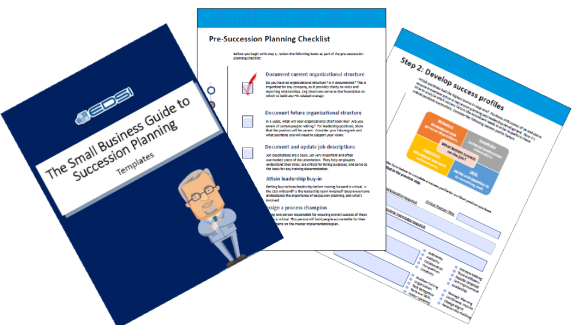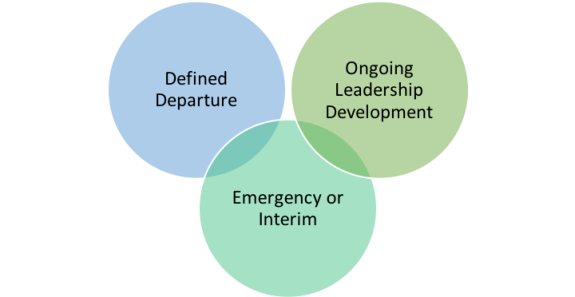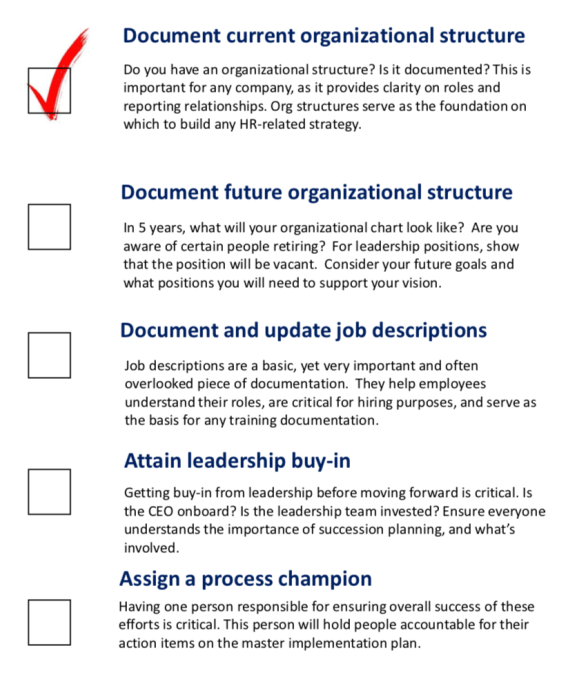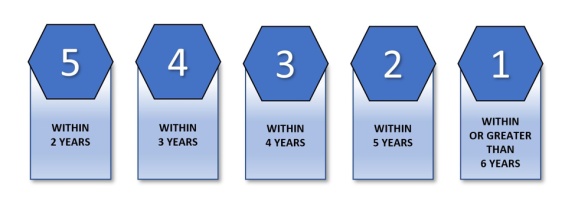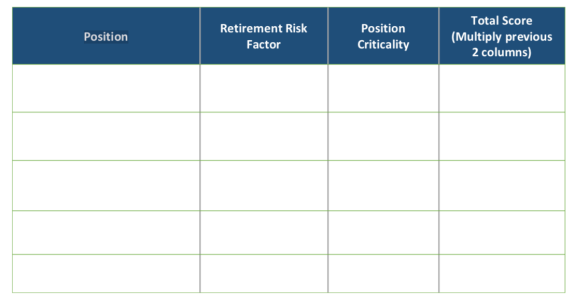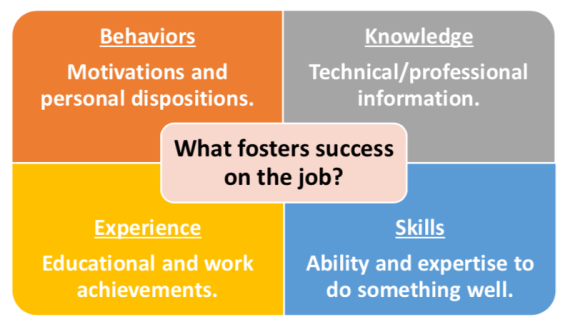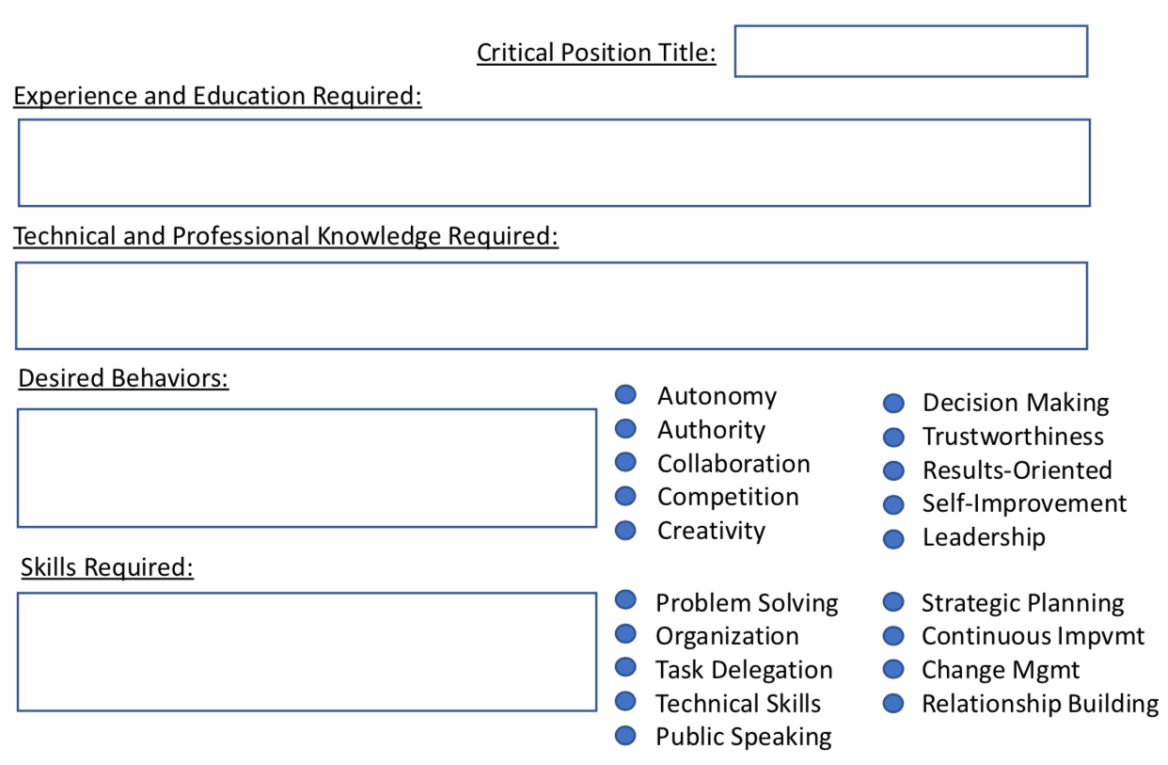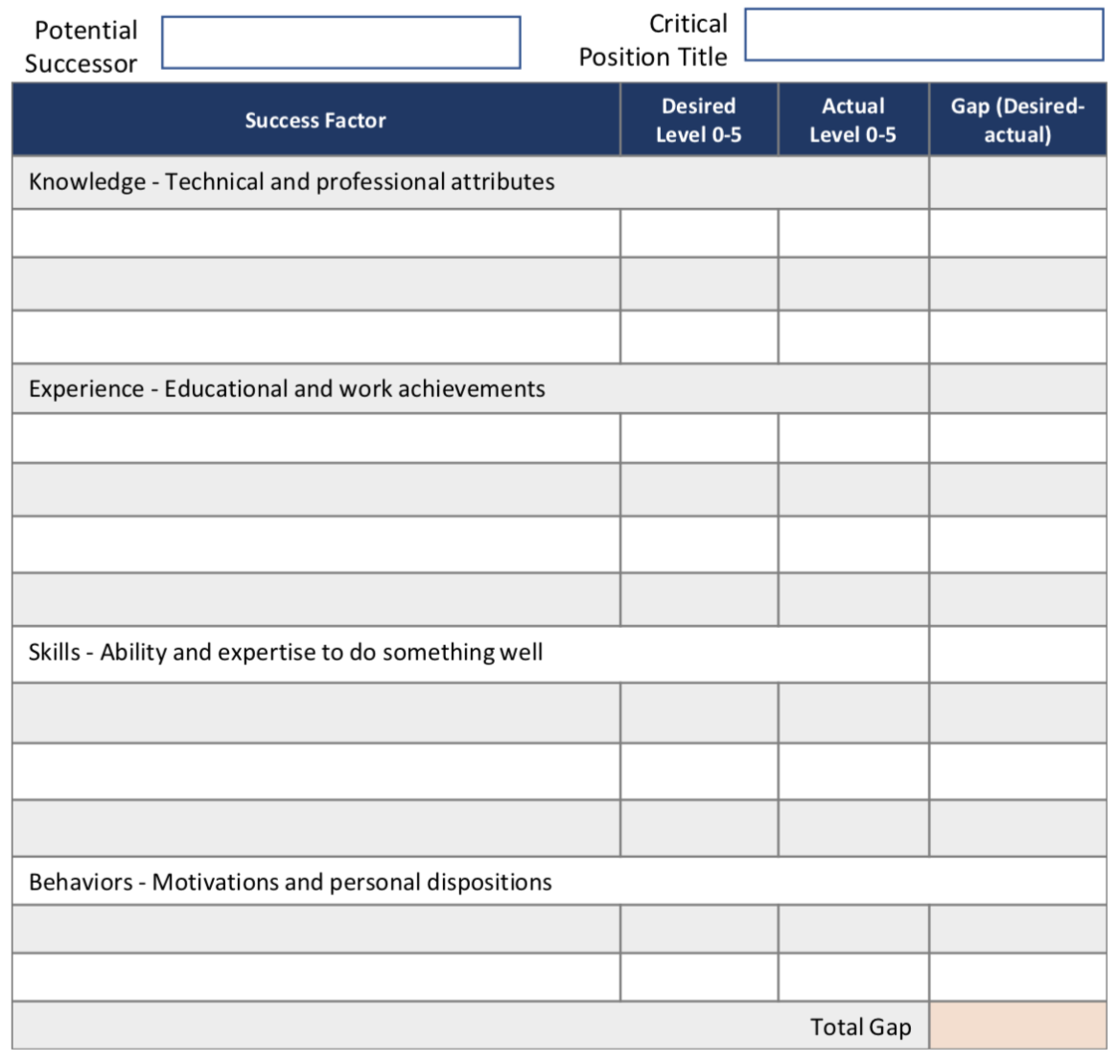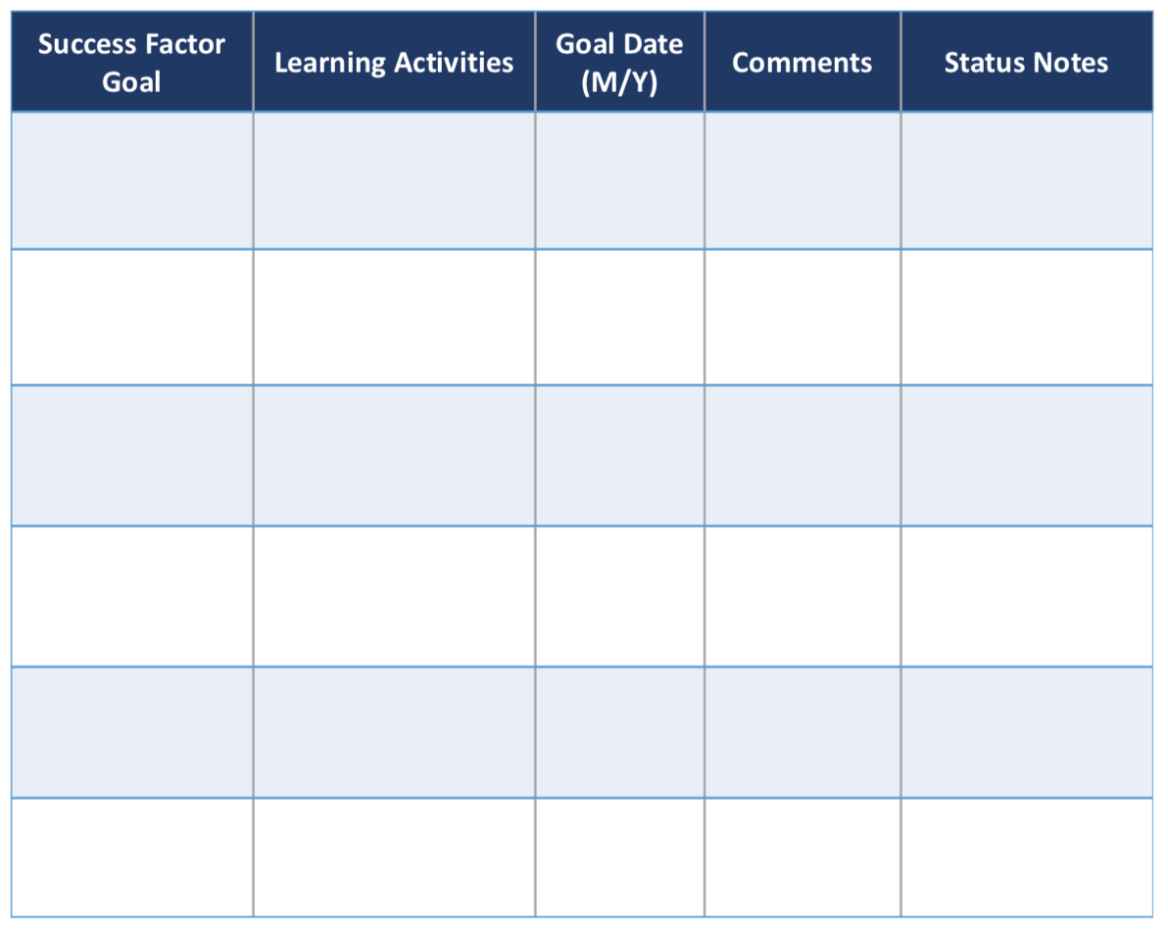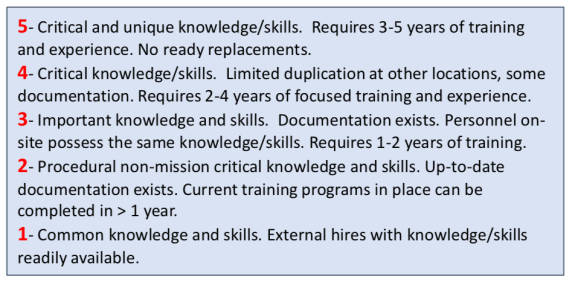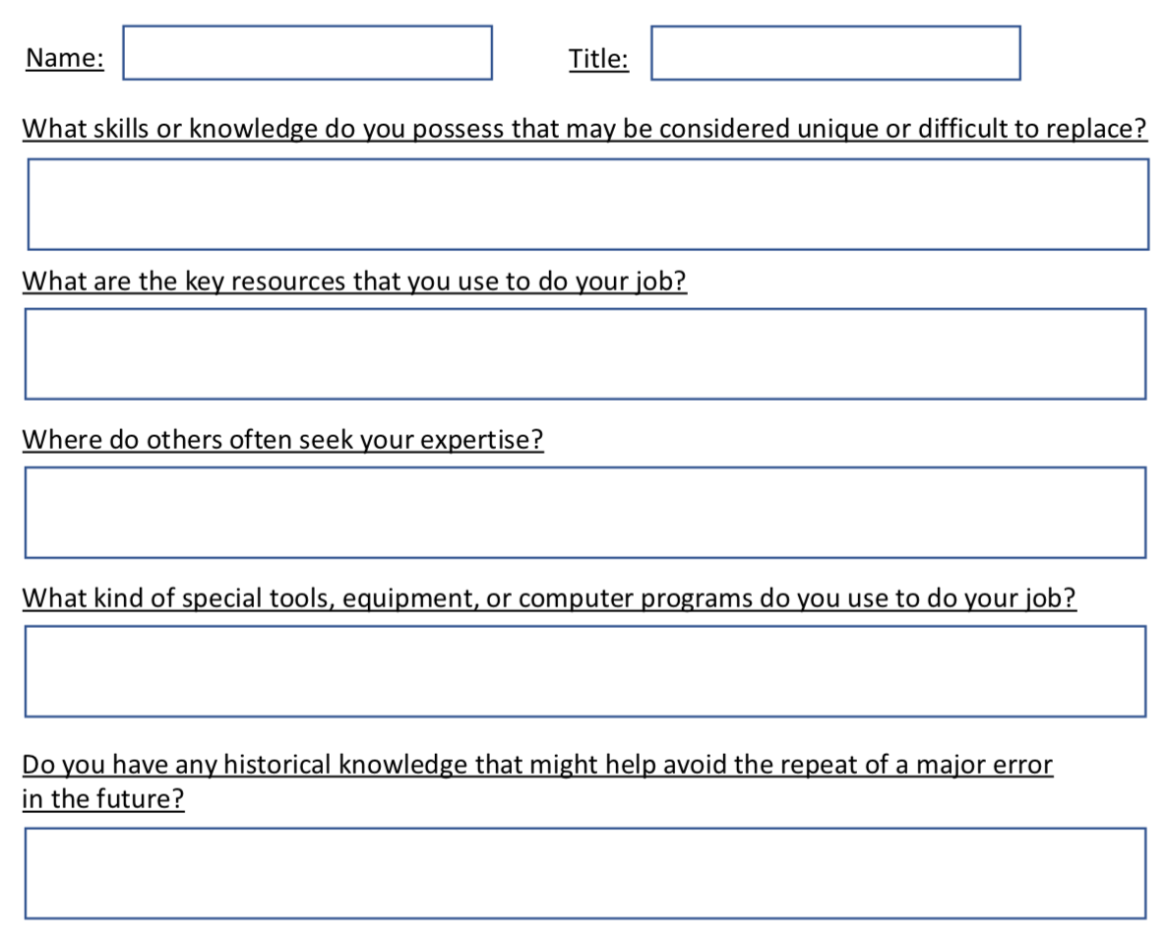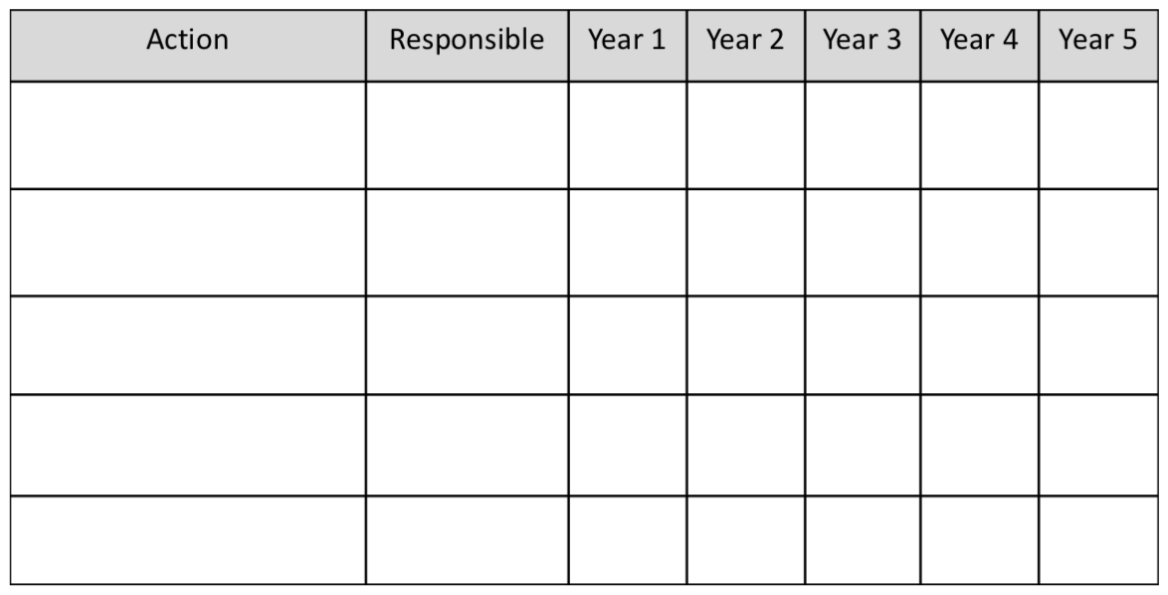The Comprehensive Guide to Succession Planning
- What is Succession Planning?
- Step 1: Identify Critical Positions
- Step 2: Develop Success Profiles
- Step 3: Assess Successors Against Success Profiles
- Step 4: Create Development Plans
- Step 5: Identify Knowledge Loss Risks and Priorities
- Step 6: Capture At-Risk Knowledge
- Step 7: Develop Implementation Plan
What is Succession Planning?
Imagine finding out your CEO or other vital team member is gone without notice. What would the first day in your company be like? What tasks would need immediate attention to safeguard your business? What would be your greatest concern? The answers to these questions can help jumpstart your thinking about succession planning, when an actual scenario similar to this example occurs.
Whether unexpected or expected, succession planning is critical to a company’s future progression. Businesses of all sizes, including small and family-owned, need succession plans to ensure the financial stability and growth of the company. Unexpected departures of key positions such as the CEO or other senior level employees with deep experience and knowledge can cause a tragic loss of institutional knowledge and a weakened business.
To assist small, medium-sized, and family-owned businesses in tackling their succession plans, we have created an easy-to-follow seven-step succession planning workbook. The workbook includes editable templates which will help guide your team through the difficult process of succession planning.
Click this link to download the templates now and follow along with this advanced guide to develop the most effective succession plan for your company.
Let's get started!
In simple terms, succession planning is a long-term process for developing people who can move up when a key employee leaves the company. It’s essentially a two-fold strategic people/knowledge capture process for safeguarding a company’s future viability. Identifying the right successor to run your company – whether it’s a family member or a non-family member – is a crucial element, but don’t forget to plan for other high-level position departures as well.
Take a look at the graphic below. It shows the three distinct types of succession planning.
Defined departure- when you know and plan for C-Suite or other high-level executive exits through leadership recognition and training.
Ongoing- Involves defining positions and designating potential successors to key positions. Includes continual assessment, evaluation and development.
Emergency or interim - Plans are made to prioritize leadership functions and establish an order of succession to continue operations despite an unexpected transition.
This guide is most helpful for companies who are experiencing a defined departure, emergency or interim succession planning situation.
Do you have a key employee who may be leaving and are unsure what to do? The following pre-succession planning steps will begin to guide you in ensuring your company’s future progresses in the right direction.
- Document current organizational structure
- Document future organizational structure
- Document and update job descriptions
- Attain leadership buy-in
- Assign a process champion
Shown below is our pre-succession planning checklist which outlines the five steps above. Use the workbook checklist to frame your tasks ahead and prepare for the first steps in the actual planning process. Your ultimate goal is to create a succession plan that can be easily updated and managed as time goes on and circumstances change.
Making succession planning a routine task rather than a singular instance should be a top priority, and it should involve employees at all levels, across all departments.
Here are some ideas on how you can make succession planning an ongoing, collaborative effort at your company, rather than a mysterious process:
- Announce succession planning as a new company-wide initiative, instead of employees seeing only top-level positions targeted
- Introduce succession planning during your onboarding process, so new hires will know that this process is part of your company strategy
- Involve employees in succession planning for their own position to enhance buy-in
When it comes to succession planning, it’s best to start with the company’s highest-impact positions and work downward. For example, begin with your CEO and move down your business’ hierarchy to senior leadership roles like the CFO and other top-level positions.
Now that you have some background about succession planning and why it’s important, shown below are the actual steps that take you through the planning process.
Step 1
Identify Critical Positions
This involves analyzing positions that are most critical to the success of the company and identifying which incumbents are likely to leave the organization. You may already have one specific position or person who is leaving in mind; it is still critical to document this information and potentially identify other at-risk employees or positions.
Through the first step, you identify which positions are most critical to the company. These positions are vital to the company in achieving strategic goals and must be filled with highly capable and competent individuals who are ready to take on leadership roles. To do this, utilize the templates in this guide to choose the appropriate level of position criticality on a scale of 1-5.
Ask yourself the following questions as you consider the rating for each position:
To what extent does the position:
- Drive revenue and impact bottom-line financial results?
- Involve developing strategy, designing new products or creating growth opportunities for the company?
- Require extensive decision-making authority?
- Involve relationships with external customers and key stakeholders?
- Influence the performance of or manage other critical positions?
If the answers to the above questions are all or mostly yes, rate the position criticality factor 5. If most of the answers are no, give a rating of 1 or 2.
Now you need to calculate the employee’s retirement risk factor. This pertains to the expected amount of time until the employee retires, which helps determine a priority level on which to focus succession planning activities.
To do this, choose a value corresponding to the amount of time until the current incumbent may be expecting to leave the position.
To determine the total position risk factor, multiply the retirement risk factor by the position criticality score. The positions with the highest position risk factor scores require immediate attention and focus on succession planning initiatives. These positions have both a high risk for retirement and a high impact on the organization achieving its goals.
Step 2
Develop Success Profiles
This process is like plotting a road map for your company’s future leadership, including how you will enhance and develop their leadership skills. Remember, a succession plan should be built in consideration of what you're trying to do with the business now, and down the road, so consider the skills they will need in the future as well. And keep in mind that while knowledge, experience and skills are easier to train for, behaviors that are inherent traits are more static and don’t typically change.
Which positions had total scores of 16 or higher, in step one? These positions require immediate action in succession planning and leadership development. Let’s identify and analyze which success factors the potential candidate needs in order to perform these critical positions successfully.
With more than 20 years’ experience in guiding clients through customized succession planning processes, we’ve developed a foolproof methodology that can help you too. The following chart shows the four main categories that have the biggest impact on fostering success on the job.
Complete the success profile template for each critical position. Once complete, you will have success profiles for each of your critical positions. These profiles are instrumental in the hiring and training of new employees, or incumbents in new positions. They can serve as the basis for job descriptions, interview evaluation forms, and training and development programs.
Step 3
Assess Successors Against Success Profiles
Now that you’ve developed a success profile for your critical position(s), it’s time to assess potential successors against those profiles. This will help you determine if the potential successor has the necessary knowledge, experience, background, personal attributes and competencies required of that position.
In order to conduct a useful comparison between the potential successors and the position success profile, you will need to drill down and identify specific traits for each success factor type. You can do this easily by utilizing the template to decide what the desired skill level is for each specific success factor.
Next, rate the potential successor’s skill level. A rating of 5 would indicate the greatest ability, extensive experience, or strongest knowledge and desirable behaviors. A rating of 1 indicates that potential successor requires training or doesn’t have the required behaviors to be successful in the position. Calculate the skill gap by subtracting the actual skill level from the desired skill level. The higher the gap number, the more training the potential successor needs in this specific area.
Step 4
Create Development Plans
At this stage, you should be able to gauge how the potential successor stacks up against the desired success factor levels, and whether or not there is a large total success factor gap. The higher the gap number, the more time, resources and training are required to prepare the candidate for the position. If there is a large gap between the desired and actual behavior scores, you may want to consider another potential candidate.
It’s important to review the gap scores for each person to help you select the most compatible candidate. Based on the gap scores for each individual success factor, you can create a training plan. Use the chart below to record which success factors require training and include recommended learning activities.
- Success factor goal - Which specific skill or behavior needs improving?
- Learning activities - Examples include job shadowing, on-the-job training, college courses, joining networking groups, self-study, etc.
- Goal date - Specific month and date the skill goal should be achieved
- Comments - Any additional comments on learning activity ideas or on the goal itself
- Status notes - What is the current status of the skill goal?
Step 5
Identify Knowledge Loss Risks and Priorities
While the people part of succession planning is most important, the knowledge capture and transfer process is also critical. You must ensure that all knowledge leaving the organization through people gets properly, and thoroughly, captured and transferred to the next generation of workers.
In a survey by HR Daily Review, 60% of respondents reported that it was difficult, very difficult, or nearly impossible to obtain information vital to their job from their colleagues. According to James Davis, Editor, HR Daily Advisor, “Employees in our survey spent an average of 5 hours per week waiting to get in touch with people who have the unique knowledge they need. For 1 in 10 workers, it’s not unusual to wait twice that long. During that time, work may be delayed, suspended, or even canceled altogether, further fueling employee frustrations.”
As you can tell, the way organizations manage knowledge matters to its employees, and makes a big impact on productivity and efficiency. This point really illustrates why identifying knowledge risks is so critical and why the process we have outlined here is helpful. This part of the process is very similar to Step 1, identifying critical positions, however in this case, we are identifying critical knowledge that is at risk of being lost by those leaving the organization.
Use the following scoring method to rate the amount of risk the organization would experience if the person leaving the organization’s knowledge and skills were lost. Ask yourself, “What type of knowledge and skills does this employee possess?”
Next, utilize the same retirement risk factor scoring method used in step 1. To reach the total knowledge loss risk score, simply multiply these scores together.
Step 6
Capture At-Risk Knowledge
Make note of which incumbents have total attrition factors of 16 or above. When these people leave, losing their undocumented knowledge will have a negative impact on the organization. It is imperative to take action now to protect this valuable information.
Capturing at-risk knowledge begins with an initial discovery interview. This initial interview helps identify the main areas of knowledge that should receive the focus of deeper knowledge capture efforts.
There are several specialized ways to capture and transfer knowledge. Some of these include:
- Process maps
- Documented processes
- Knowledge maps
- Knowledge inventories
- Job aids
- Decision trees
An effective knowledge sharing program can help improve productivity, reduce employee frustration, preserve organizational knowledge, and improve the company’s bottom line. In today’s competitive business climate, companies of all sizes should have a plan to facilitate transfer of knowledge.
Step 7
Develop Implementation Plan
Creating a master implementation plan for the succession planning items is critical in order to ensure long-term success of the project. This plan is used to record goals, identify who is responsible for completing each goal, and to create a timeline that includes completion dates.
In this step, it is time to review the information you’ve captured in the aforementioned templates. Useful questions include: “What are the most critical goals and who is responsible for working toward them?” In the chart below, write an “x” for each year the action item will be worked on. It is fine for some items to take more than one year.
Here are a few examples of questions you can ask yourself to identify the action goals:
- What critical positions do I need to hire for?
- Which employees moving into new positions need training and development plans?
- What critical at-risk knowledge needs to be captured?
Be sure to use a well-developed master implementation plan that will guide your high-impact succession planning efforts over the next 5 years. This master plan should be referenced and updated often, and used as a tool to hold people accountable to the action goals.
Once your implementation plan has been created, and to make the process a success, be sure to conduct discussions with financial professionals like your attorney and CPA regarding future structure, transition of ownership, tax management and legal processes/documentation required.
Not sure when to start? Check out this blog for more info.
EDSI's Jim Bitterle Featured on Project HR Podcast
Listen to this podcast for additional insight into the topic of succession planning, including how it can help you “hire for the future.”

